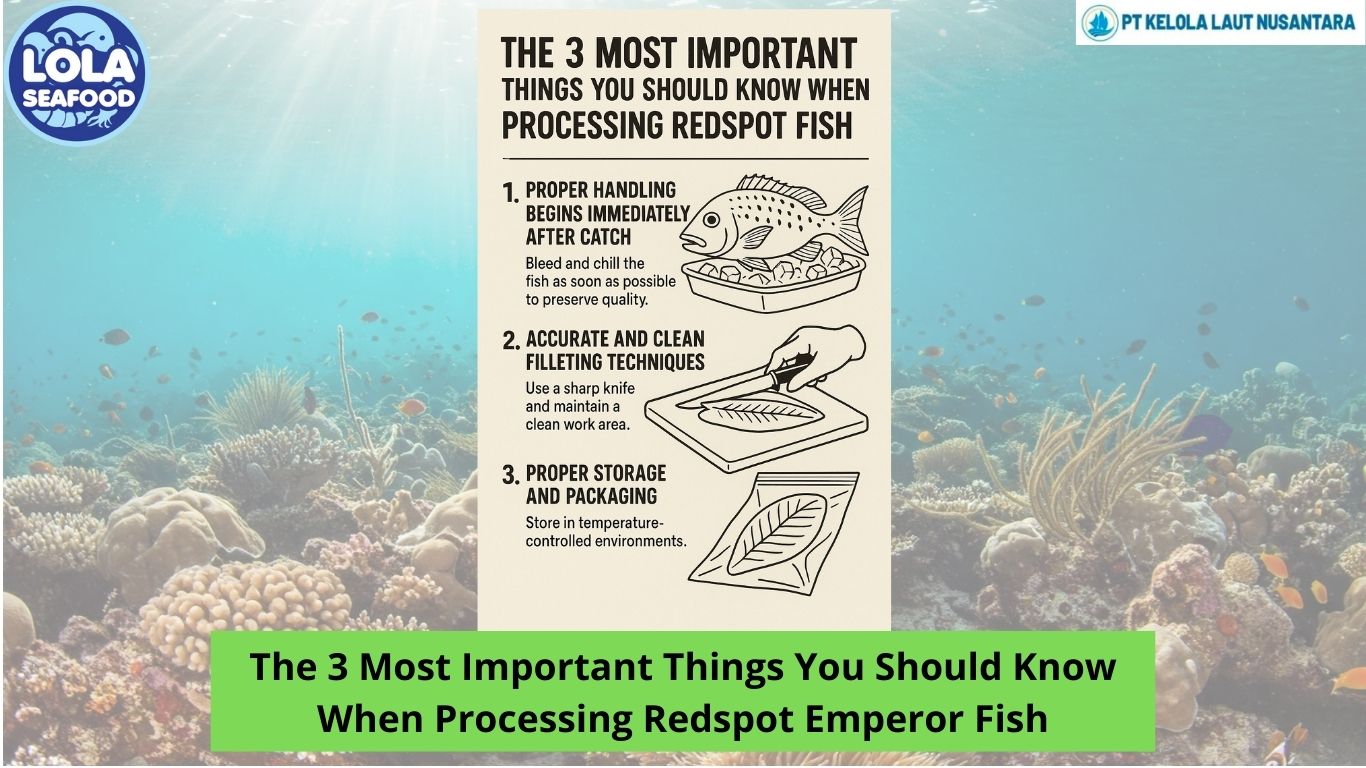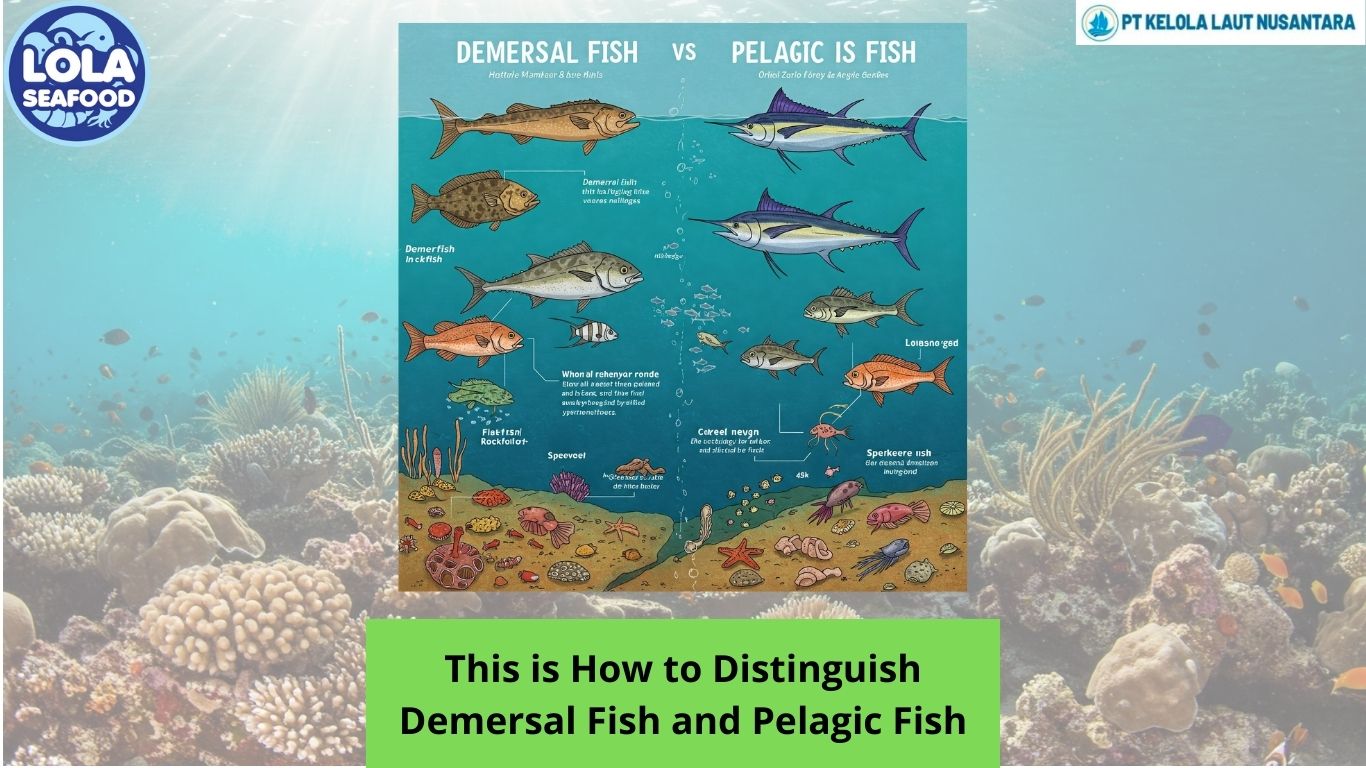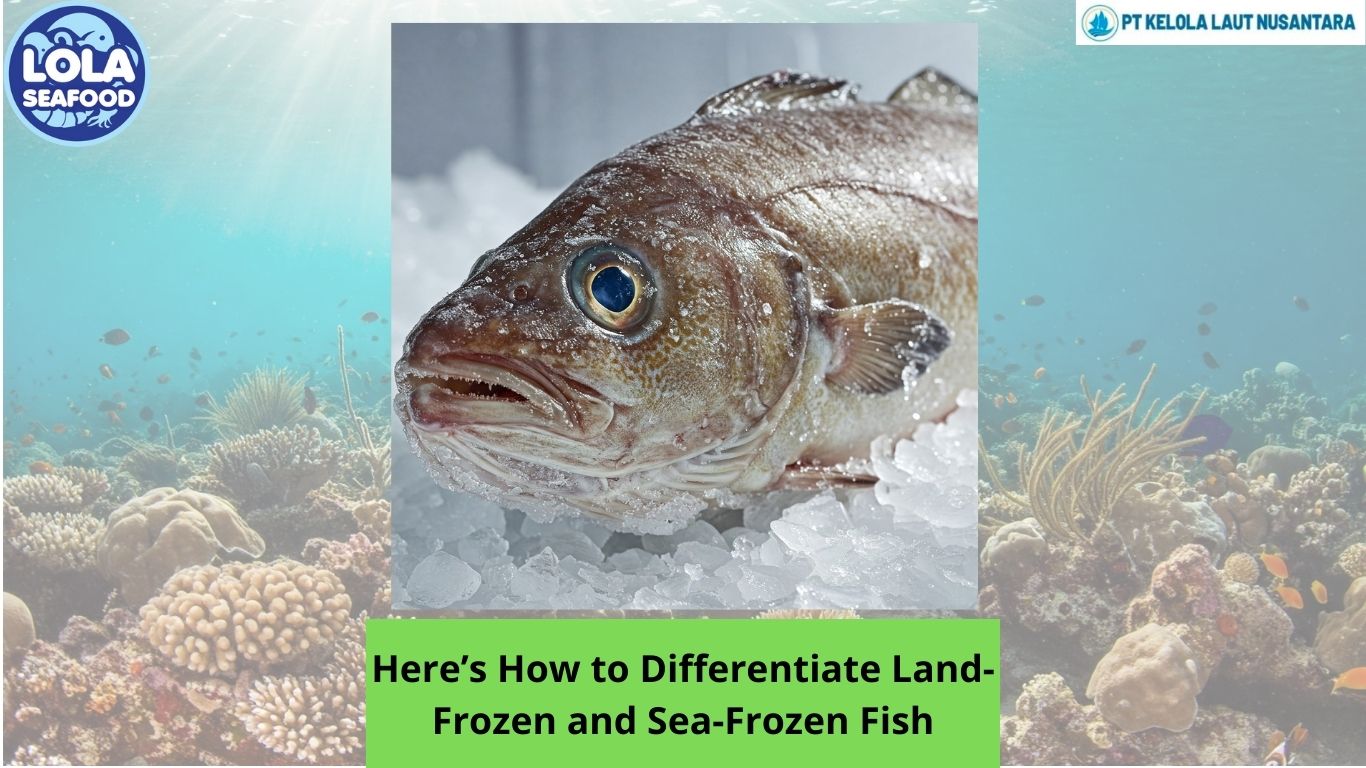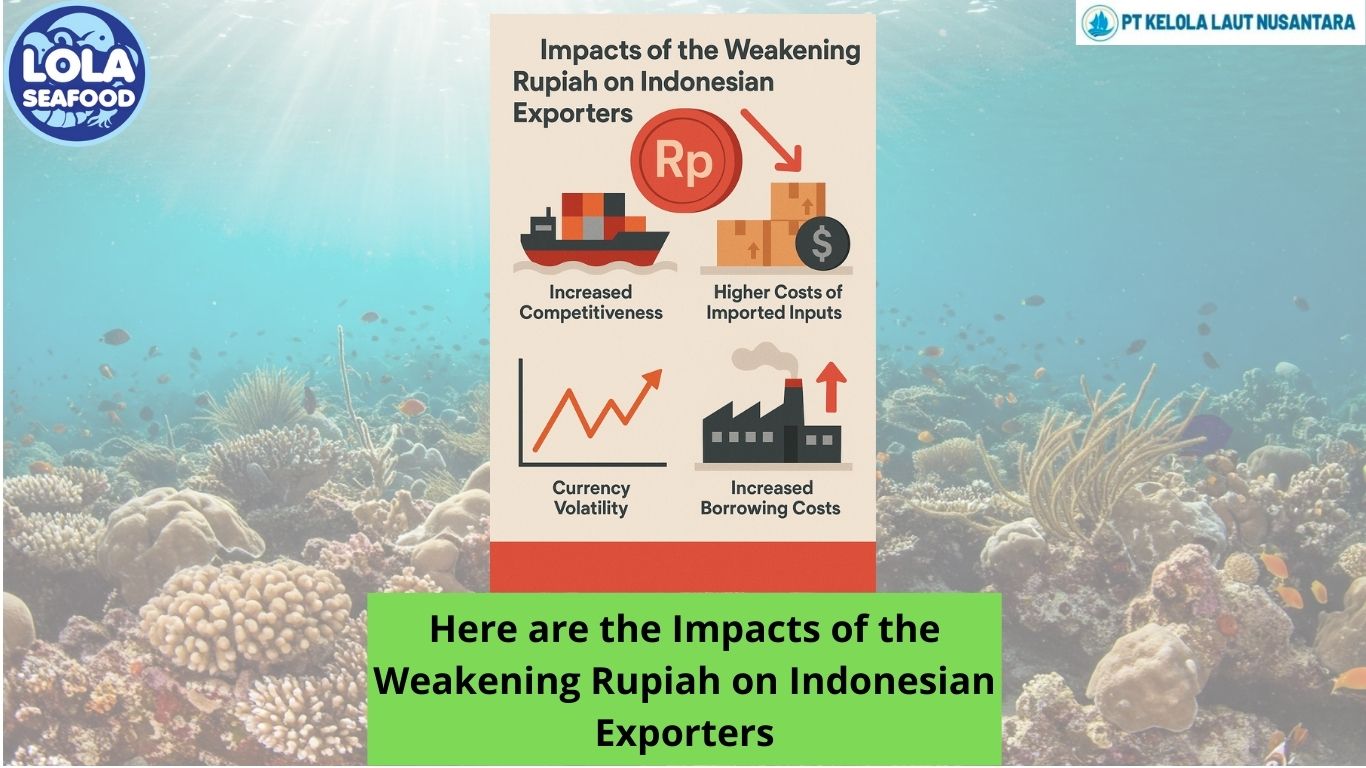Gummy Shark Habit and Description
By. Nevanda - 15 Mar 2023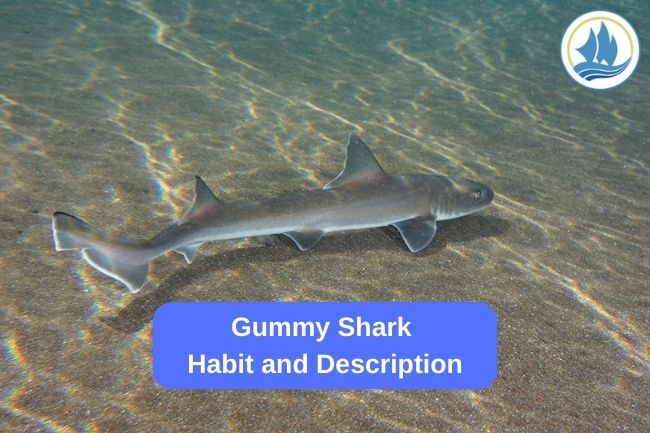
kelolalaut.com - Gummy shark (Mustelus spp) is an inshore and offshore shark that can be found in temperate water of tropical region. This species is native to the Eastern Indian Ocean. This shark is commonly found in southern Australia, northern New South Wales, Tasmania and Victoria.
This shark species has slender body and darker gey top with white spots and a silvery white underbelly. The gummy shark’s name come from its flat, plate-like teeth which it uses to crush their shelled and non-shelled prey. The male gummy shark can reach maximum length of 157 cm while the female can reach up to 175 cm long. At birth, this shark is just about 30 to 35 cm long, with these measurements taken from the rear-most gill slit to the base of the tail.
Read also: 5 Spearfishing Tips for You
Gummy shark prey consists of crustaceans, marine worms, small fish and cephalopods like octopus, squid and cuttlefish. This shark will use its plate-like teeth to help it crush the shells and bodies of its prey for easier digestion. Gummy shark will be seen often on or near the sea beds, and their travel patterns will vary on age. Juvenile gummy sharks will travel less than full-grown species. The females tend to travel longer ranges compared to males. This shark commonly found live in sandy areas and will come closer to shores during the night time for hunting their prey.
Gummy sharks are found abundant, have a low age of maturity and can have hundreds of pups in their lifetime. Their population is stable and they are considered as “least concern”. This species of sharks are highly targeted fish for human consumption. The gummy shark’s meat is often marketed as ‘flake’ in southern Australia. Their meat mostly sold in boneless fillet form that made them quite popular within the fish and chips industry throughout Australia.
Read also: 6 Commercial Grouper Species in Indonesia
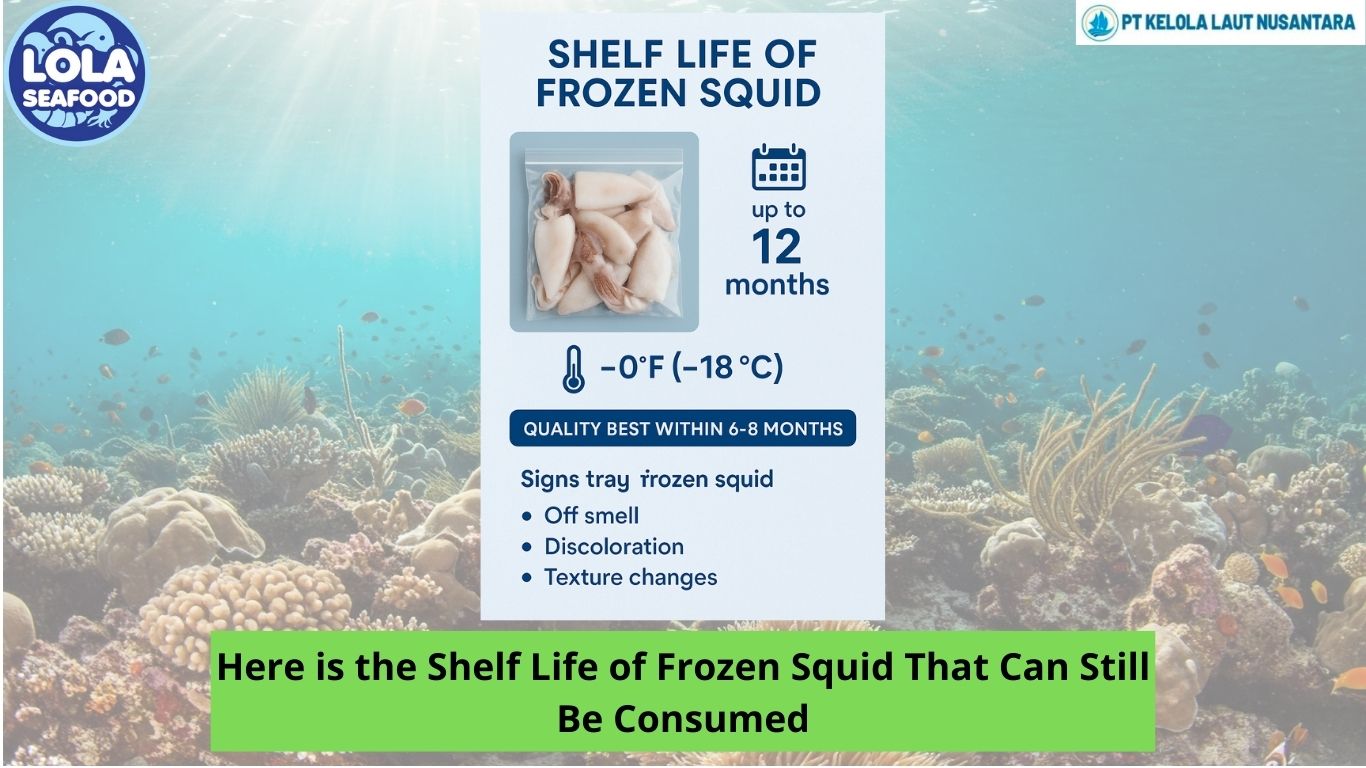
.jpg)
.jpg)
.jpg)
